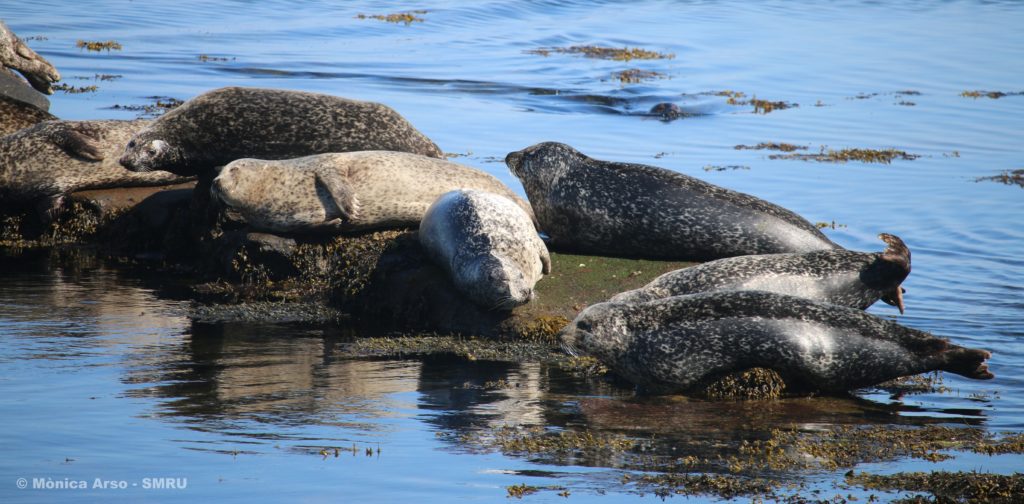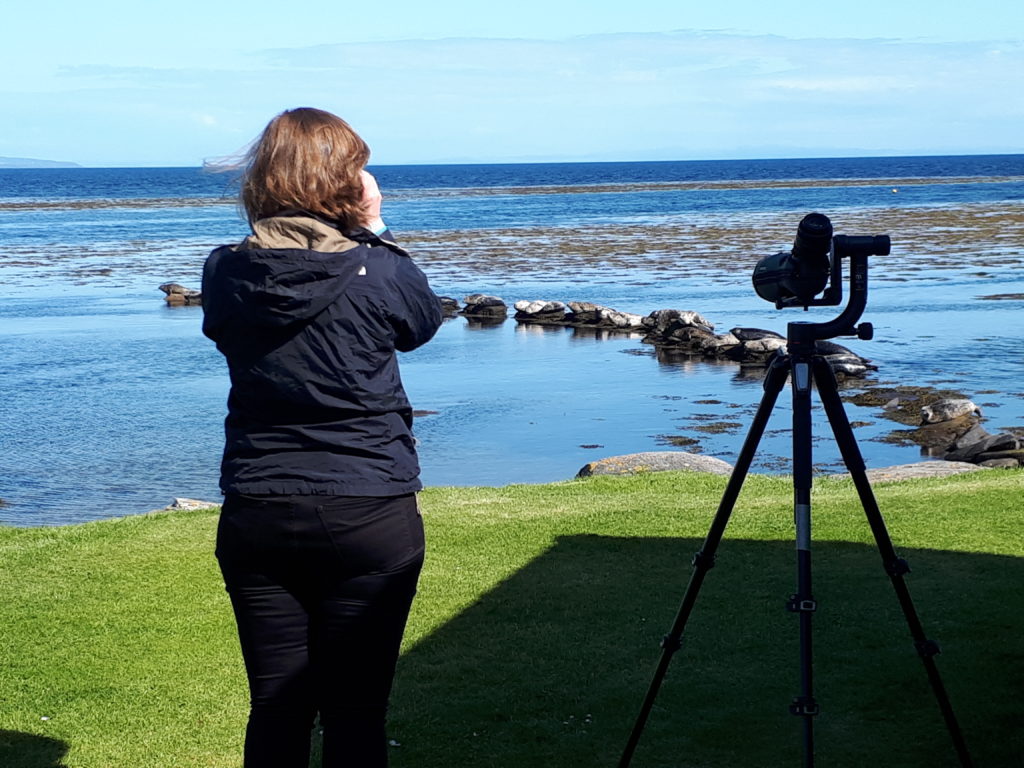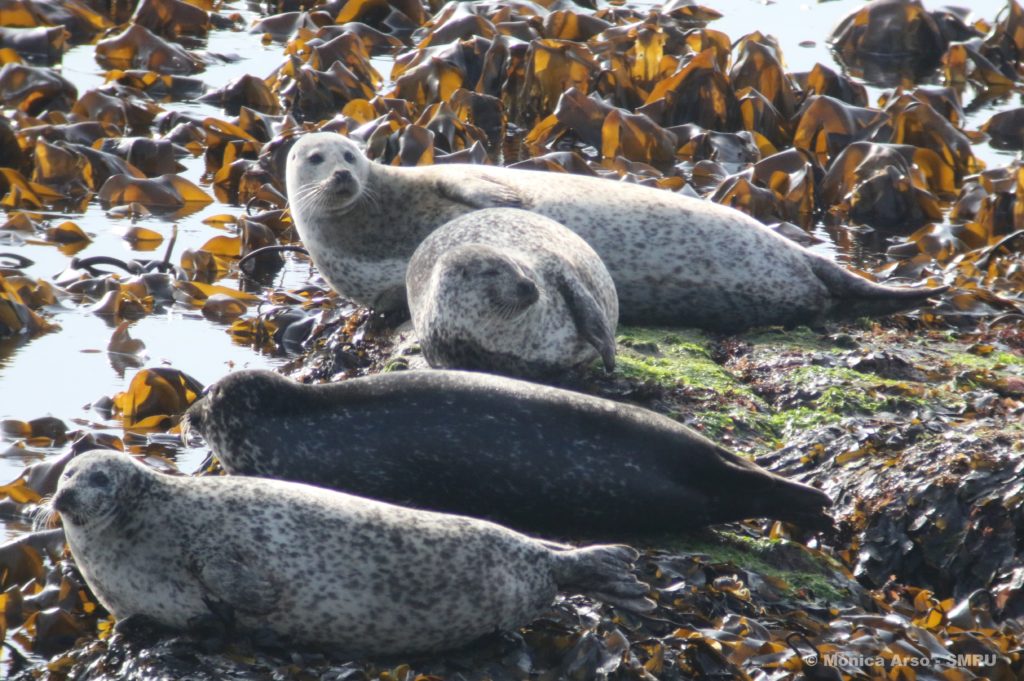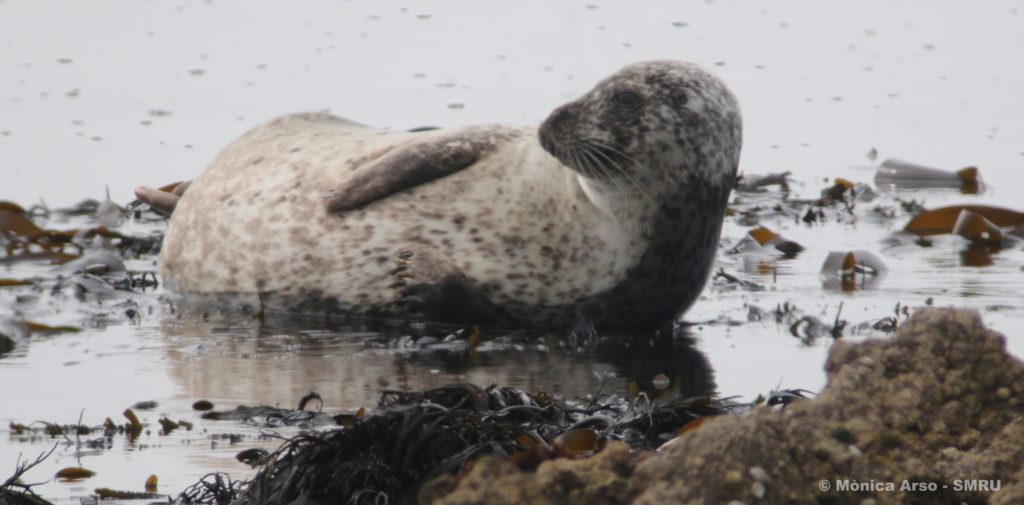After a long break over the winter months, we are back to update on the blog as the new photoID season approaches at a very fast speed. We have spent the winter months processing the thousands of photographs collected in 2017 as well as tidying up the 2016 data. Because 2016 was our first year of collection, the workload was considerable given that we had to build the seal catalogues for each study site from scratch. Now that the photoID catalogues are built for each area, the processing of new photographs is a bit quicker. Also, we have been testing different recognition software to help us match seals. Keep an eye on this space for an update on how we use these.

Like last summer, our colleague Andy Law will be heading out on the boats that leave from Dunvegan Castle (Isle of Skye) to photographs the seals hauled out in the skerries of Loch Dunvegan. I personally will be heading up to Orkney in a week to start monitoring the selected haulout sites in Burray and Widewall Bay. The Kintyre sites will be monitored by Izzy Langley this year. Ahead of the pupping season, last week we took a short trip to Kintyre to check the haulout sites and explore how these change through the day with the tide to figure our when and from where is best to photograph seals. We were lucky to have Craig with us to show us around, and give us the best tips based on his experience monitoring the sites for the last couple of years.

After a nice but long drive we arrived at sunny Campbeltown in the late afternoon, in time to have a quick look at a couple of the haulout sites. The first one was in Peninver, and even though the tide was really high we found a nice group of seals resting on some exposed rocks very (VERY) close to the shore. It was very interesting to see how those seals, who are used to having people walking nearby were used to our presence, showing no signs of being disturbed. This apparent habituation of the seals to people walking nearby tends to be the exception more than the norm. Seals are generally vigilant when onshore, and tend to get easily disturbed when people get into close proximity. That is why it is so important to keep a distance and a low profile when approaching haulout sites to avoid disturbing the seals.

We also headed up a bit further north in Ardnacross Bay to check on a haulout site that tends to be busy during the summer. Given that it was high tide there were no seals around except in the water, but it was a good opportunity to check on the access to the site.
The next morning we woke up early and headed straight to the remaining haulout sites while the tide was low. We found a small group of seals hauled out at Muller Island, for which the observation point is set up very nicely at an elevated grassy path that allows us to observe and photograph the seals without causing any disturbance. We made a note that some of the females were obviously pregnant, showing extra round bellies.

To finish off the morning we headed south to the tip of the Kintyre peninsula, where another small group of harbour seals tends to rest during low tide. In there we found a mixed group of harbour seals of different age classes, including some pregnant females and a couple of juveniles. Izzy will be going back to these haulout sites during June and July to document all seals, with special interest on the mum-pup pairs. I wonder which site will have the first pups?

Written by Mònica
